Employers have taken extraordinary steps to deal with the COVID-19 pandemic. Whatever role you play in these efforts as a safety manager, remember to continually evaluate actions you and your company are taking.
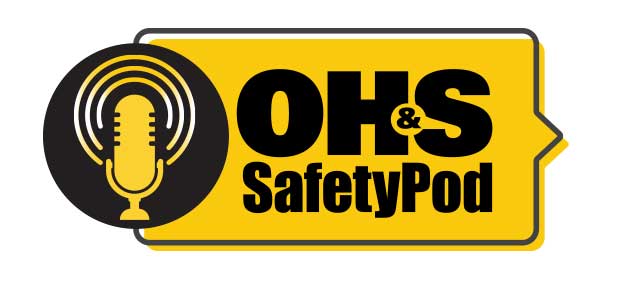
Episode 25
On this Safety Speak episode of the podcast, we will discuss emerging options for worker healthcare, new virus-related citations in California and a study that links wildfires and flu season.
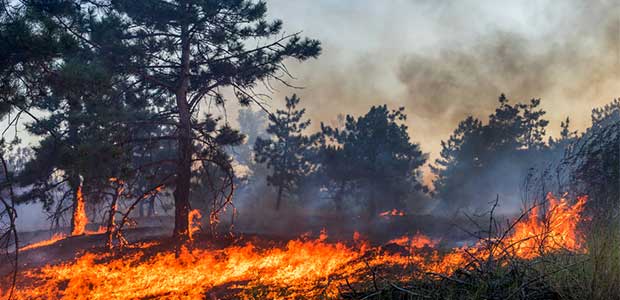
A Montana study has found a link between intense wildfire seasons and a high number of flu cases.
The 27 former New York City firefighters died of 9/11-related illnesses in the past year, making the new total of firefighters killed after the attacks to 227.
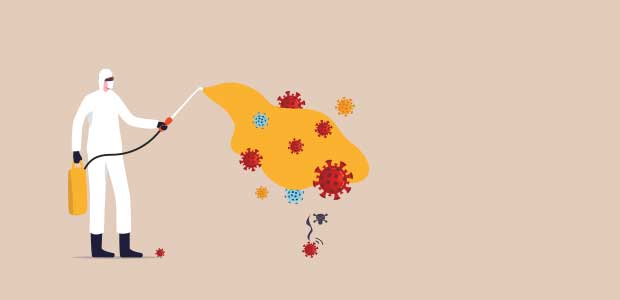
Are you worried about a second wave of COVID-19?

California's Occupational Safety and Health Agency has issued citations to multiple employers for COVID-19 violations.
Tyson Foods to pilot seven new health clinics near company production facilities in an effort to promote a culture of health.
FMCSA announced that it is proposing and seeking public comments on a new pilot program to allow drivers aged 18, 19, and 20 to operate commercial motor vehicles (CMVs) in interstate commerce.

Episode 24
In this mini episode of OH&S SafetyPod, Editor Sydny Shepard discusses resources National Preparedness Month, the new WHO recommendation for COVID-19 treatment and hazards in the oil & gas industry.
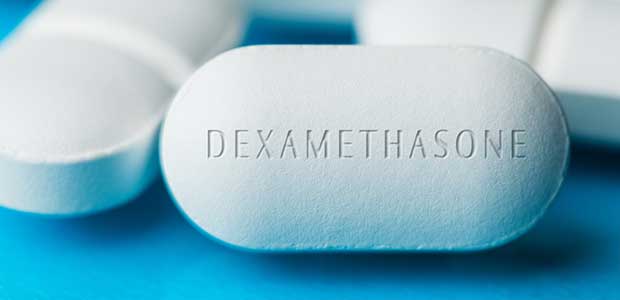
Studies show that steroids could reduce the risk of death for hospitalized patients on ventilators by about a third.
OSHA urges response crews and residents in areas affected by Hurricane Laura to be aware of hazards created by flooding, power loss, structural damage, fallen trees and storm debris.
National Preparedness Month is the perfect time to take a look at emergency policies and procedures—you never know when you're going to need a plan.

Capital Metro carefully manages complex guidance from OSHA, CDC and City of Austin to reduce COVID-19 exposure and infection.
Changes in the final rule were designed to clarify the standards, ensuring that the standard is well understood and compliance is simple and straightforward.
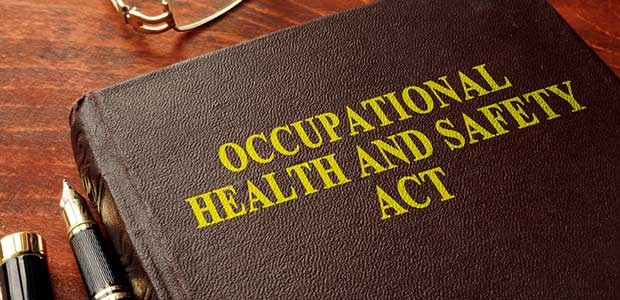
The question is: Why do workers continue to get injured on the job despite federal standards interjecting?